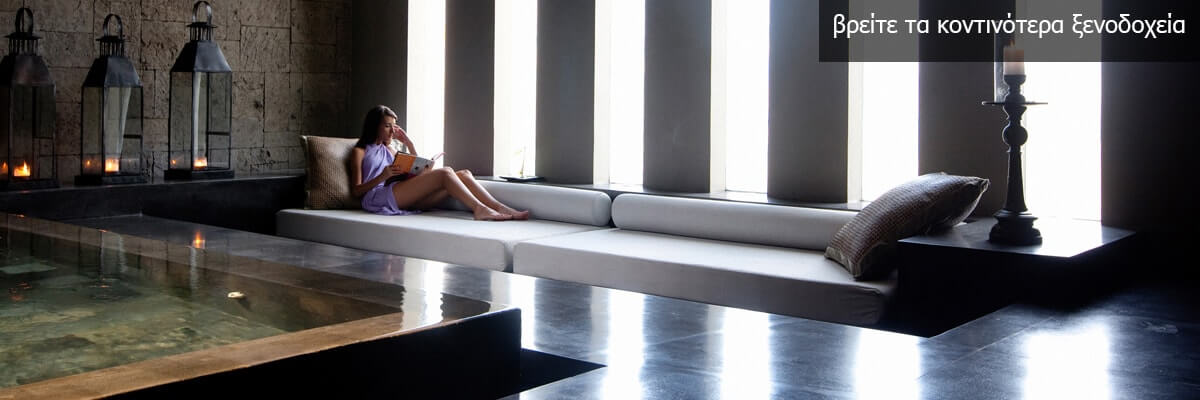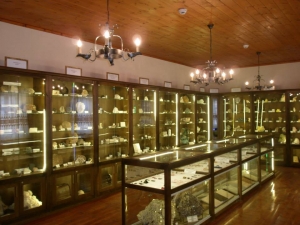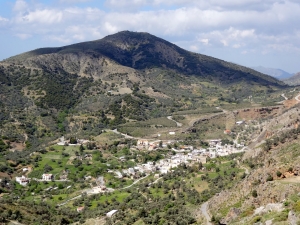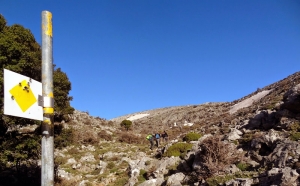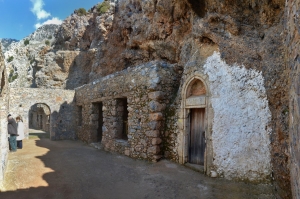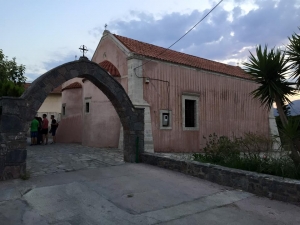The Folklore and Geological Museum of Zaros is located next to the church of St. George in Zaros and is housed in a traditional Cretan house. The Museum operates since November 2014.
The E4 part connecting Kamares to Zaros is mainly signed with red marks and most of it runs along dirt and paved roads. The route offers nice views to the south outskirts of Psiloritis Range and the historical importance of the villages we come through is high.
This part of the E4 trail connects the core of Rouvas Wood to the east outskirts of Psiloritis mount and gives its position to the next trail crossing the fertile valleys of Heraklion prefecture. It is quite tiring, as it ascends from altitude 950m to 1779m and then descends to 490m. The route offers a great experience of the oak wooded forest of Rouvas, the bare peaks of East Priloritis and, if you are lucky, a nice stay in the shelter of Prinos.
On the eastern side of the gorge of Rouvas, high above the monastery of Saint Nicholas, we meet the location of Kalives, where the Saints Euthymius and Nikolaos Kourtaliotis lived in the 17th century (around 1670). For some researchers, these are the same person. Inside the cavernous church there are some frescoes and there is a rock-carving with the number 1432, but it is not probably a date, as dates in that era were written with Greek symbols.
The two-aisled church of Saint Kiriaki (Agia Kyriaki) is one of the oldest in the settlement of Zaros, as one of the two aisles dates back to the 14th century and the second to the 17th century. The temple has undergone modern interventions and its interior does not bear frescoes.
- 1
- 2










